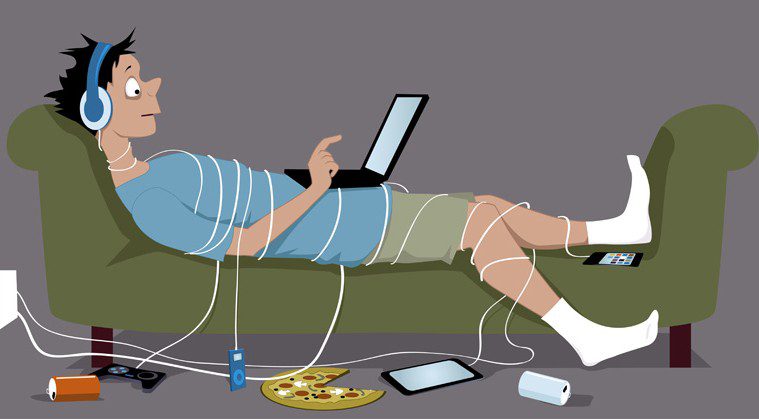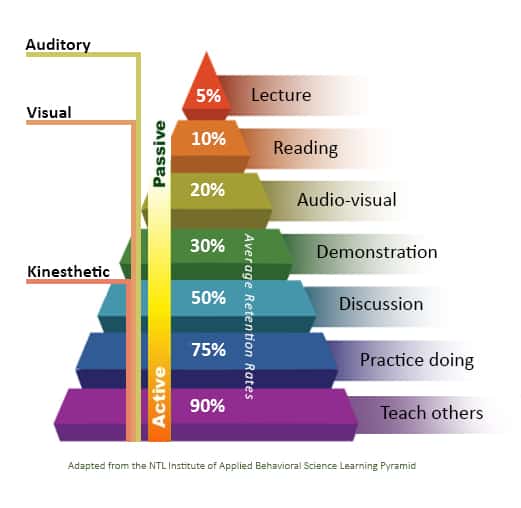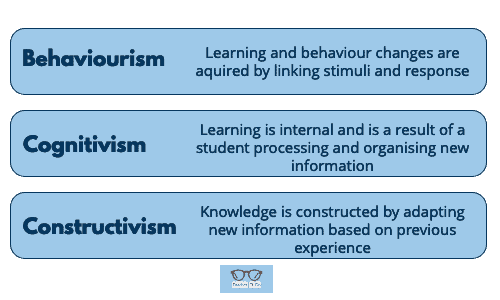My experience with online education has always been unique because I transitioned from a classroom teacher to an online educator very early in my career, So I have a slight bias toward online learning because it gave me a sense of financial and personal empowerment and introduced me to tools I had never heard of before. I had very little exposure to these tools during my school teaching period; the only online tools I was aware of were Zoom, Microsoft Teams, and Khan Academy. I started my online teaching career with Thirdspacelearning, a London-based online learning platform that creates personalised lesson plans that are delivered in a one-on-one online class environment by the tutor. The experience of teaching students from various schools in the United Kingdom while sitting in the comfort of my own home was surreal; every teacher was trained on the environment before going live with students got to know the tools like demos, Ixl, Magicplot etc; it was incredible to know tools other than meets and zoom to conduct a meaningful and productive session with a student. As my career progressed, I switched to different Ed-techs for advancement and discovered that technology in education is advancing at breakneck speed and generating innovative new approaches to teaching.

Image source- https://www.prodigygame.com/main-en/blog/virtual-learning-tools/
As my career progressed, I switched to different Ed-techs for advancement and discovered that online tools in education is advancing at breakneck speed and generating innovative new approaches to teaching. So I will breakdown what are the different types of online learning tools and share some of my personal favourite.
According to this article there are different types of learning tools based on-
1- Communication- Tools like emails, video conferencing, zoom, google classroom comes under this category.
2- Digital learning games – Kids are fond of playing games so its good to provide them the education based ones for fun and active learning. tools like fun brain, prodigy math game, scratch are some its examples.
3-Learning management systems (LMS)- Used to create interactive and interesting online classes. It is cost effective. it creates manage and deliver interesting content. LearnDash is one of the popular examples where you can create your courses and sell on your WordPress website.
4-Online learning resources- is to engage and teach students online, Sesame Street and PBS kids are some of it’s examples.
 During the course EC$I 833, I learned about some new tools that I had never used before, such as Canva, Kahoot, jam board, padlet, Mentimeter, lumio, and my favourite was kahoot, which I found to be very engaging and will definitely use in the future.
During the course EC$I 833, I learned about some new tools that I had never used before, such as Canva, Kahoot, jam board, padlet, Mentimeter, lumio, and my favourite was kahoot, which I found to be very engaging and will definitely use in the future.
Thank you!


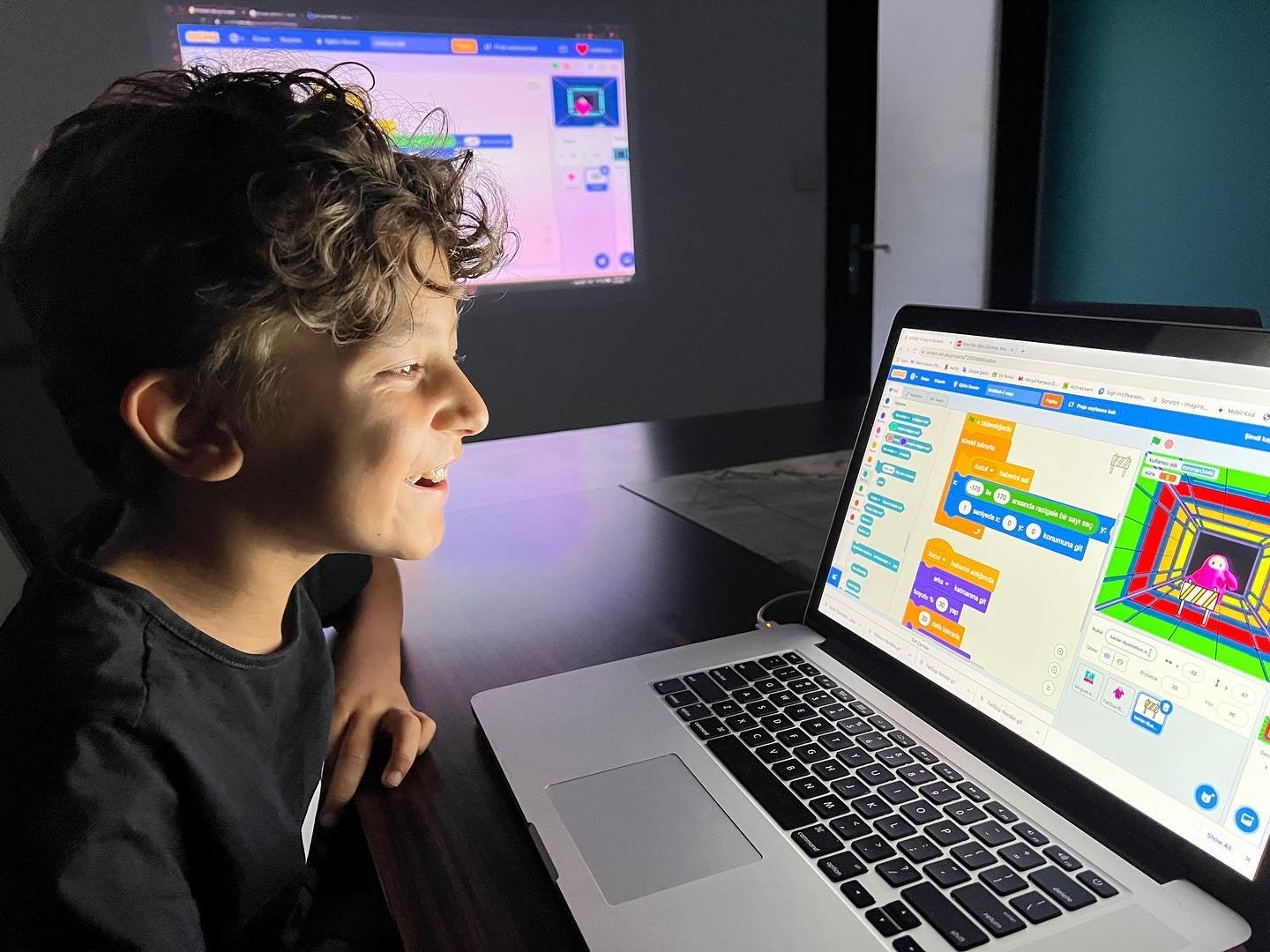
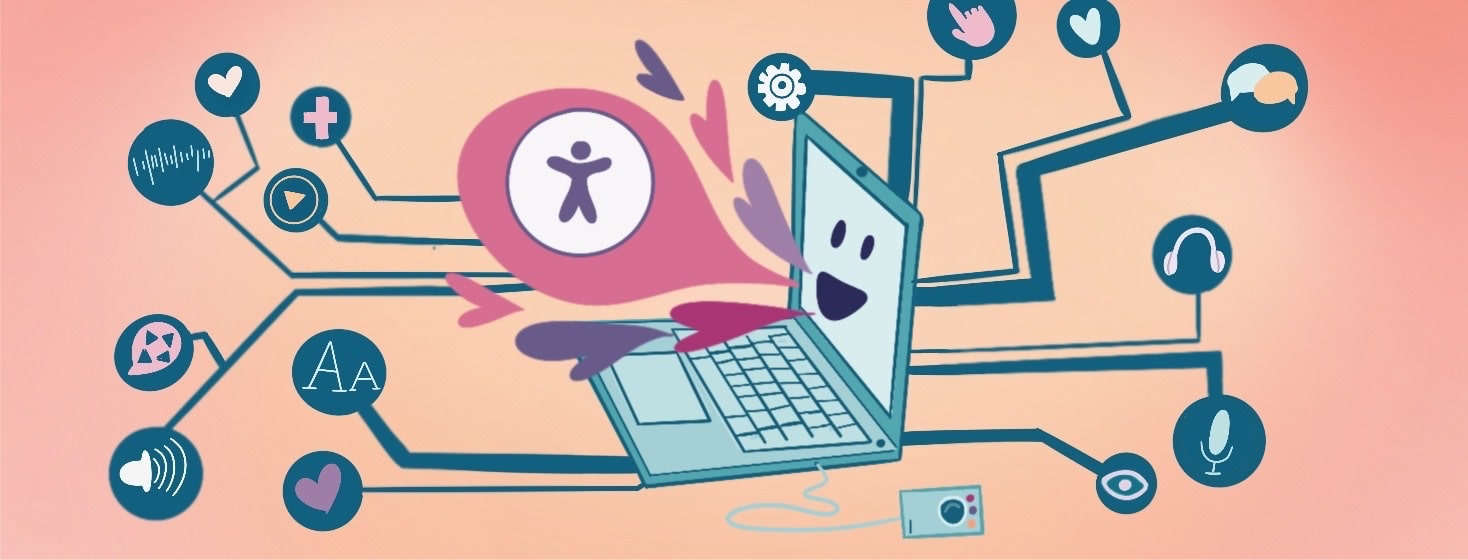
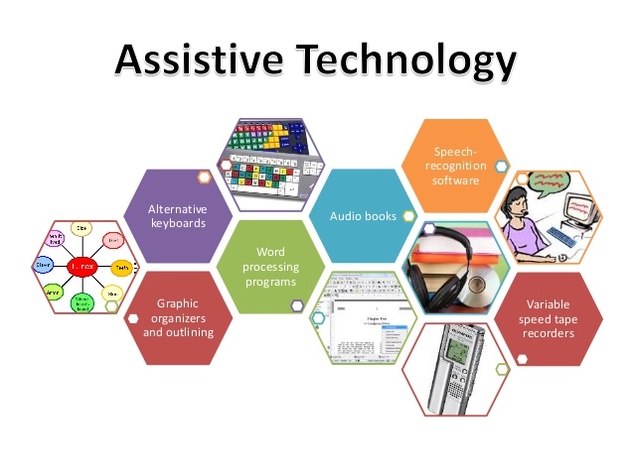 Image source-
Image source- 
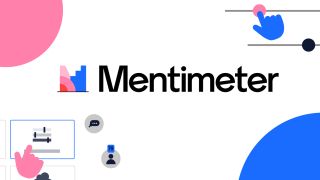
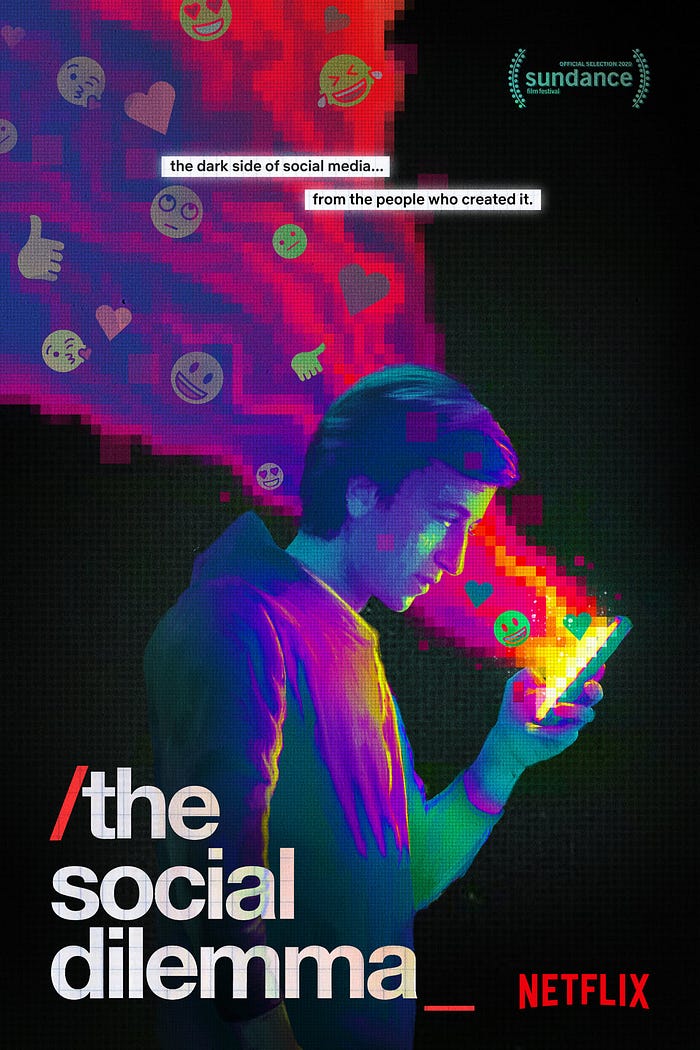

 During the course EC$I 833, I learned about some new tools that I had never used before, such as Canva, Kahoot, jam board, padlet, Mentimeter, lumio, and my favourite was kahoot, which I found to be very engaging and will definitely use in the future.
During the course EC$I 833, I learned about some new tools that I had never used before, such as Canva, Kahoot, jam board, padlet, Mentimeter, lumio, and my favourite was kahoot, which I found to be very engaging and will definitely use in the future.
